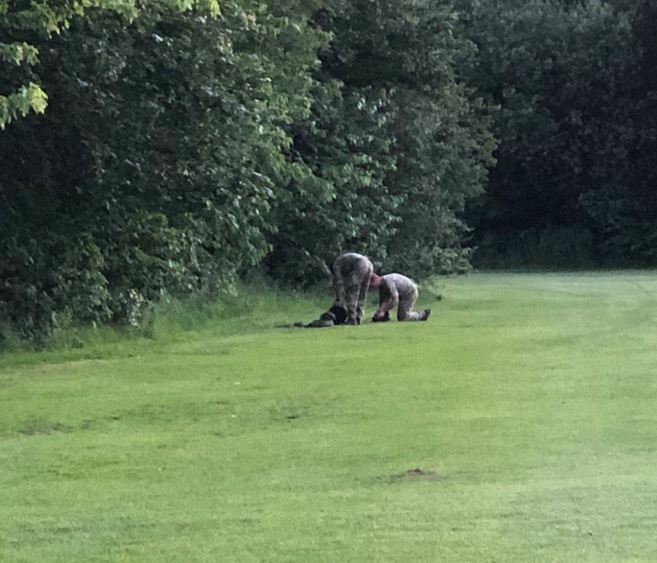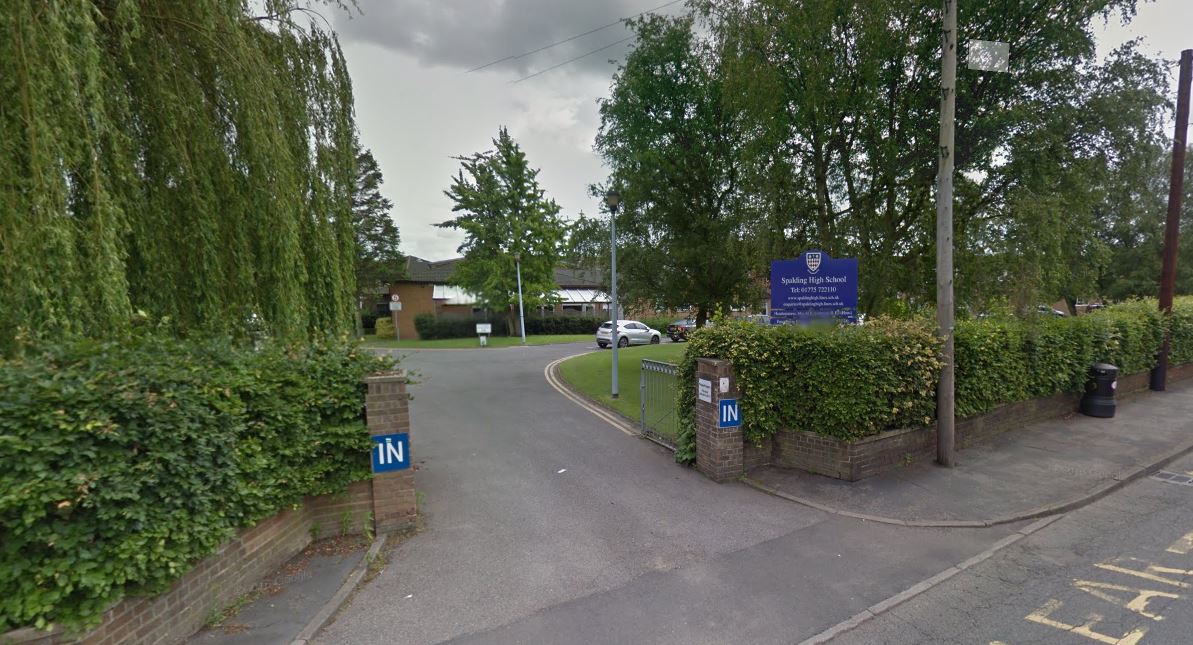An explosive ordnance disposal (EOD) team were called to Spalding Grammar School on Tuesday after the discovery of the chemical picric acid.
The chemical, also known as trinitrophenolo, is most commonly used in explosives.
A sample of the substance was being kept by the school and had began to degrade.
Lincolnshire Police were alerted to the discovery just before 5pm with the EOD squad called to dispose of it.
A spokesman for the force said: “It was an isolated incident and at no time was there a safety issue.”
South Holland Police tweeted at 10pm: “Residents of Priory Road area. To let you know, some very old chemicals have been found at a local school and are currently being disposed of by EOD.
“It was the schools priority to dispose of these correctly. Safety was their main concern. EOD have done what they do best.”
Spalding Grammar School is open as normal today (Wednesday).
Director of resources Alison Wild, said: “On Tuesday June 12 after the end of the School day, it was noticed that the contents of one chemical bottle had started to degrade. Advice was immediately sought from CLEAPSS, our safety advisory service, and the standard protocol for the removal and destruction of this compound was followed.
“Residents of the St Thomas’s Road area may have been aware of a single loud band around 9.30pm. This was as a consequence of the EMO safely destroying the chemical in a controlled explosion.
“Whilst left stationary and unopened there is no risk of danger and therefore our students were safe at all times. This was simply a precautionary measure.”
Oxford University says of picric acid on its University Safety Office website: “If allowed to dry out completely, picric acid is a Class 1 explosive and is highly sensitive to shock, heat and friction.
“Where stocks are old or little used, dried crystals may be present on the threads of bottles, presenting a risk of detonation when opening the container.”







